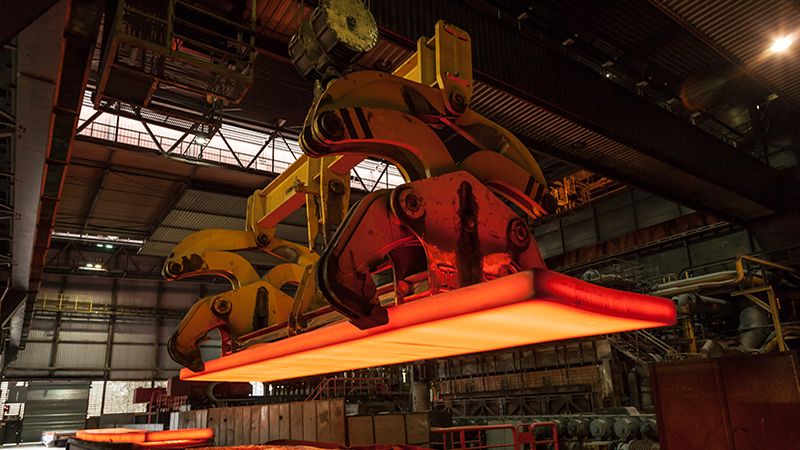The Institutional Investors Group on Climate Change (IIGCC) has identified what it says are four areas for enhanced policy interventions to help derisk and support the European steel sector’s transition.
In a policy paper hosted on its website, the IIGCC says that there are needs to improve circularity in the steel value chain, to stimulate demand for green steel, to manage human capital and the workforce, and to develop a clean industrial strategy. That last point, IIGCC says, should be undertaken with the aim to deliver clean power at low prices while accounting for the sector’s capital intensity.
The IIGCC wrote: “The EU has a window of opportunity to invest in the steel industry’s transformation. European steel producers will need to replace a significant amount of their long-lasting assets in the coming years: it is estimated that ~70% of existing EU steel capacity will reach its end-of-life by 2030.”
It added: “Given the typical lifespan of a blast furnace (the mainstay of traditional steel making) is 20 years, decisions made now will shape the trajectory of Europe’s steel industry to 2050. This means that to put the industry on a trajectory consistent with reaching net zero decisions have to be made imminently. Reinvestment in current infrastructure risks carbon lock-in and stranded assets. The coming years will determine how orderly – or not – the sector’s transition will be.”
See also: Candriam adds market-neutral ESG strategy to fund suite
Despite the work being done to set net zero targets, the IIGCC says that more work needs to be done by regulators, policymakers, investors, customers, external stakeholders, and steel companies.
The paper goes on to lay out a number of measures under each area: six for improving circularity and developing a clean industrial strategy, with four recommendations for stimulating green steel demand and two for managing human capital and the workforce.
Perhaps the most-interesting measure laid out is the first under improving circularity. There, the IIGCC states: “Incentivise capital investment to switch to electric arc furnace (EAF) production.”
Lower, it writes: “This would help enable lower emission steelmaking and improve circularity. It is unclear why the European steel sector has not invested more in EAF secondary steel production methods up until now, especially when compared to the United States and Türkiye.”







